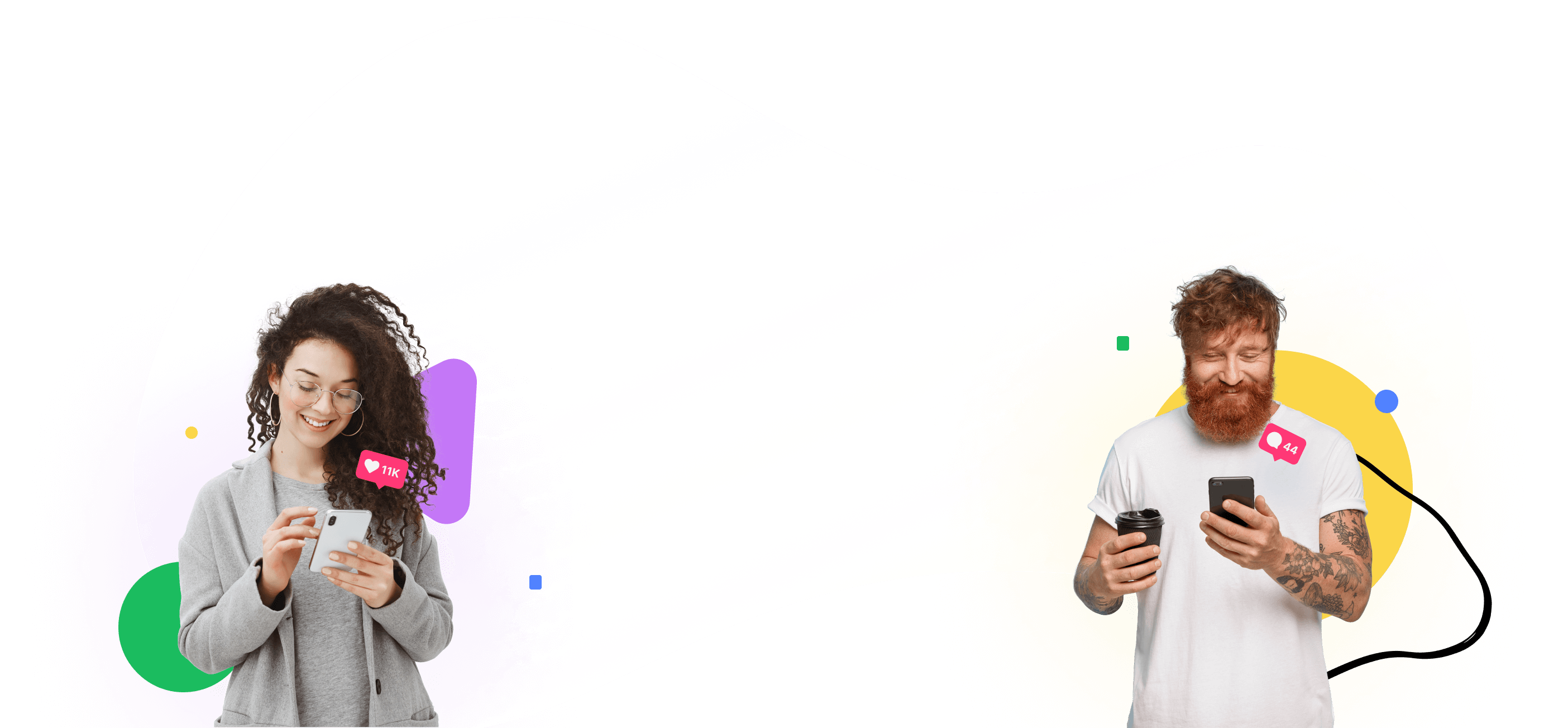Understanding the psychology behind social media engagement is crucial for crafting content that resonates with your audience and drives interaction. Social media platforms are built on psychological principles that encourage users to engage, share, and connect. By tapping into these principles, you can create more effective social media strategies. Here’s a closer look at the psychology of social media engagement and how you can leverage it to enhance your social media presence.
Social Proof
Social proof is the psychological phenomenon where people mimic the actions of others in an attempt to reflect correct behavior for a given situation. On social media, this means users are more likely to engage with content that has already received likes, comments, or shares.
Strategy: Encourage engagement by showcasing user-generated content, displaying positive reviews and testimonials, and highlighting popular posts. Using phrases like "Join thousands of happy customers" or "See what others are saying" can also leverage social proof.
Reciprocity
Reciprocity is the social norm of responding to a positive action with another positive action. When brands engage with their audience by responding to comments, sharing user content, or providing valuable information, users feel compelled to reciprocate.
Strategy: Actively engage with your followers by responding to their comments, sharing their content, and thanking them for their support. Offering exclusive content or discounts to your loyal followers can also foster a sense of reciprocity.

The Power of Visuals
Visual content is processed faster by the brain and is more engaging than text. High-quality images, videos, and infographics capture attention and convey messages more effectively.
Strategy: Invest in creating visually appealing content that tells a story or evokes emotions. Use bright colors, compelling imagery, and well-designed graphics to make your posts stand out. Platforms like Instagram and Pinterest thrive on visual content, so tailor your strategy accordingly.
Emotional Triggers
Emotions play a significant role in driving social media engagement. Content that elicits strong emotional responses—such as happiness, surprise, anger, or sadness—is more likely to be shared.
Strategy: Craft content that taps into your audience's emotions. Use storytelling techniques to create relatable and emotional narratives. Memorable and emotionally charged posts are more likely to be shared and discussed.
FOMO (Fear of Missing Out)
FOMO is a powerful psychological trigger that can drive engagement. People don’t want to miss out on trends, events, or special offers that others are enjoying.
Strategy: Create a sense of urgency with time-limited offers, exclusive content, or live events. Phrases like "Don't miss out" or "Limited time only" can prompt immediate action. Promote upcoming events or product launches to build anticipation and excitement.

The Halo Effect
The halo effect is a cognitive bias where the perception of one positive trait influences the perception of other traits. For example, a well-designed and professional social media profile can positively impact how users perceive your brand.
Strategy: Maintain a consistent and professional brand image across all your social media platforms. Use high-quality visuals, a consistent color palette, and a cohesive tone of voice. Positive associations with your brand's appearance can enhance overall brand perception.
Curiosity and Intrigue
Curiosity is a natural human trait that can be leveraged to increase engagement. Content that teases or hints at something interesting encourages users to click, comment, or share to satisfy their curiosity.
Strategy: Use intriguing headlines, teasers, and questions to pique your audience's curiosity. Phrases like "You won't believe what happened next" or "Can you guess the answer?" can drive clicks and interactions.
FAQ
1. What is social proof, and how can I use it on social media?
Social proof is the phenomenon where people mimic the actions of others. On social media, you can use social proof by highlighting user-generated content, displaying testimonials, and showcasing popular posts to encourage others to engage.
2. How can I create emotional content that engages my audience?
To create emotional content, use storytelling techniques that evoke strong feelings. Share relatable experiences, highlight customer success stories, and use visuals that capture emotions. Emotional content is more likely to be shared and discussed.
3. What types of visual content work best on social media?
High-quality images, videos, infographics, and GIFs work well on social media. Ensure your visuals are compelling, relevant, and aligned with your brand’s message. Platforms like Instagram and Pinterest are particularly effective for visual content.
4. How can I use FOMO to increase engagement?
Create a sense of urgency with time-limited offers, exclusive content, or live events. Use phrases like "Don't miss out" or "Limited time only" to prompt immediate action. Promoting upcoming events or product launches can also build anticipation and excitement.
5. What is the halo effect, and how does it affect social media engagement?
The halo effect is a cognitive bias where the perception of one positive trait influences the perception of other traits. A well-designed and professional social media profile can positively impact how users perceive your brand, leading to increased engagement.
6. Why is it important to respond to comments and messages on social media?
Responding to comments and messages fosters a sense of community and builds trust with your audience. It shows that you value their input and are engaged with your followers, which can lead to increased loyalty and positive word-of-mouth.
7. How can I use curiosity to drive social media engagement?
Use intriguing headlines, teasers, and questions to pique your audience's curiosity. Content that hints at something interesting encourages users to click, comment, or share to satisfy their curiosity.
By understanding and leveraging the psychology behind social media engagement, you can create more effective and impactful social media strategies. Use these principles to craft content that resonates with your audience, drives interaction, and builds a loyal community around your brand.



